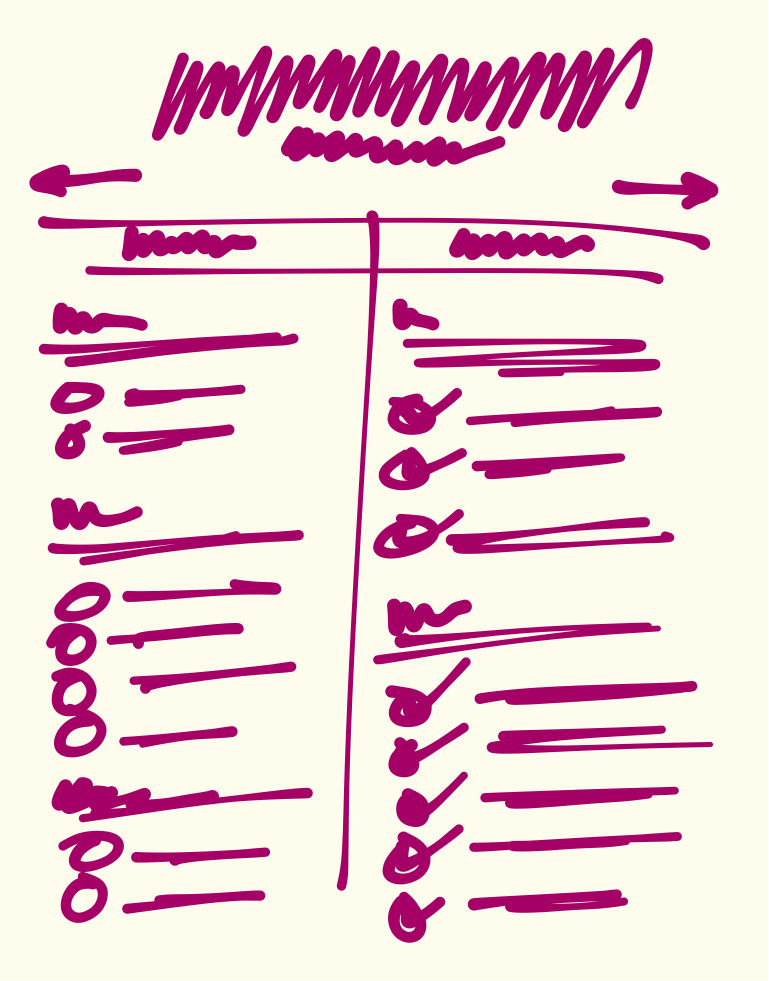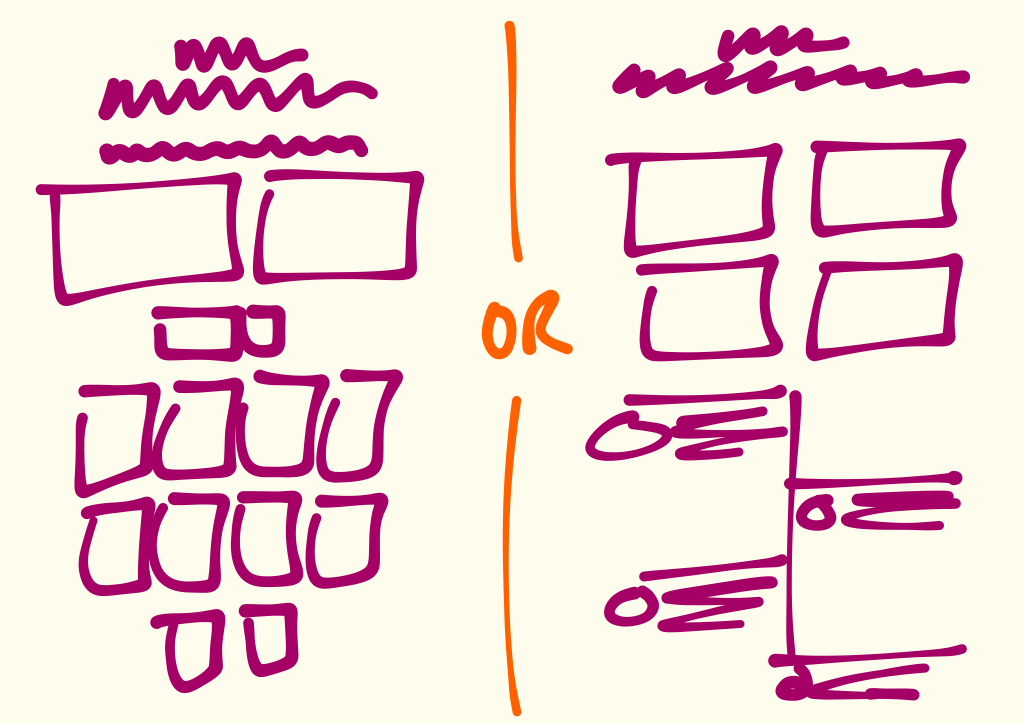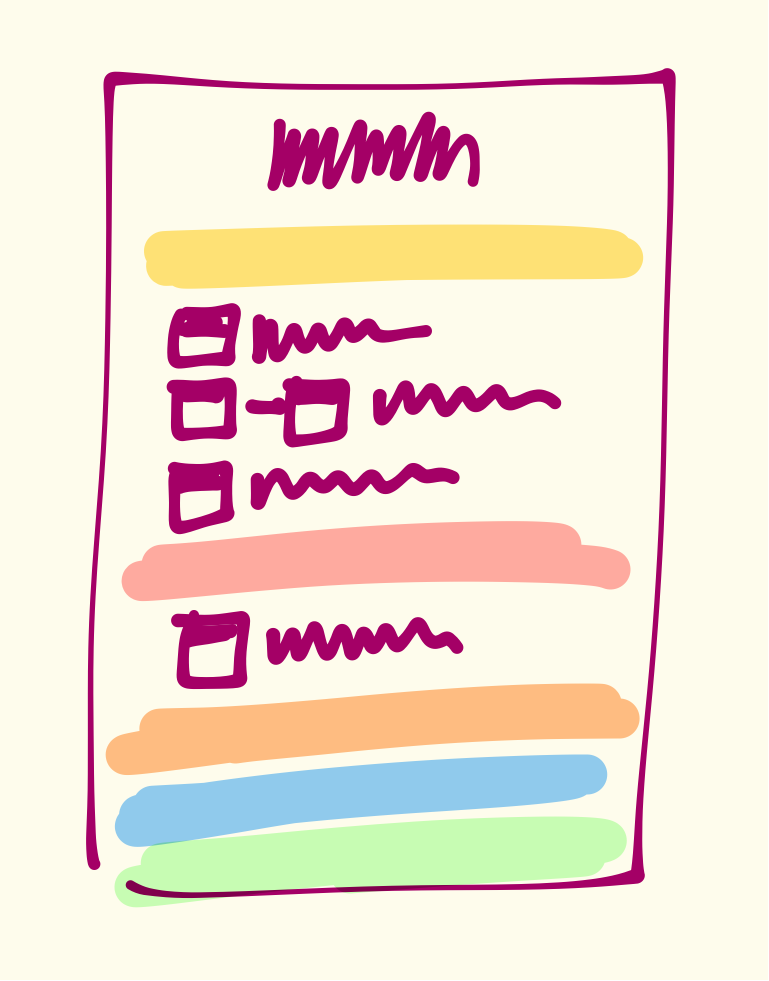So today’s the day we finally get to unveil Basecamp 3! Nearly 2 years in the making, Basecamp 3 is the most ambitious product we’ve ever built. There’s so much new and hugely improved stuff!
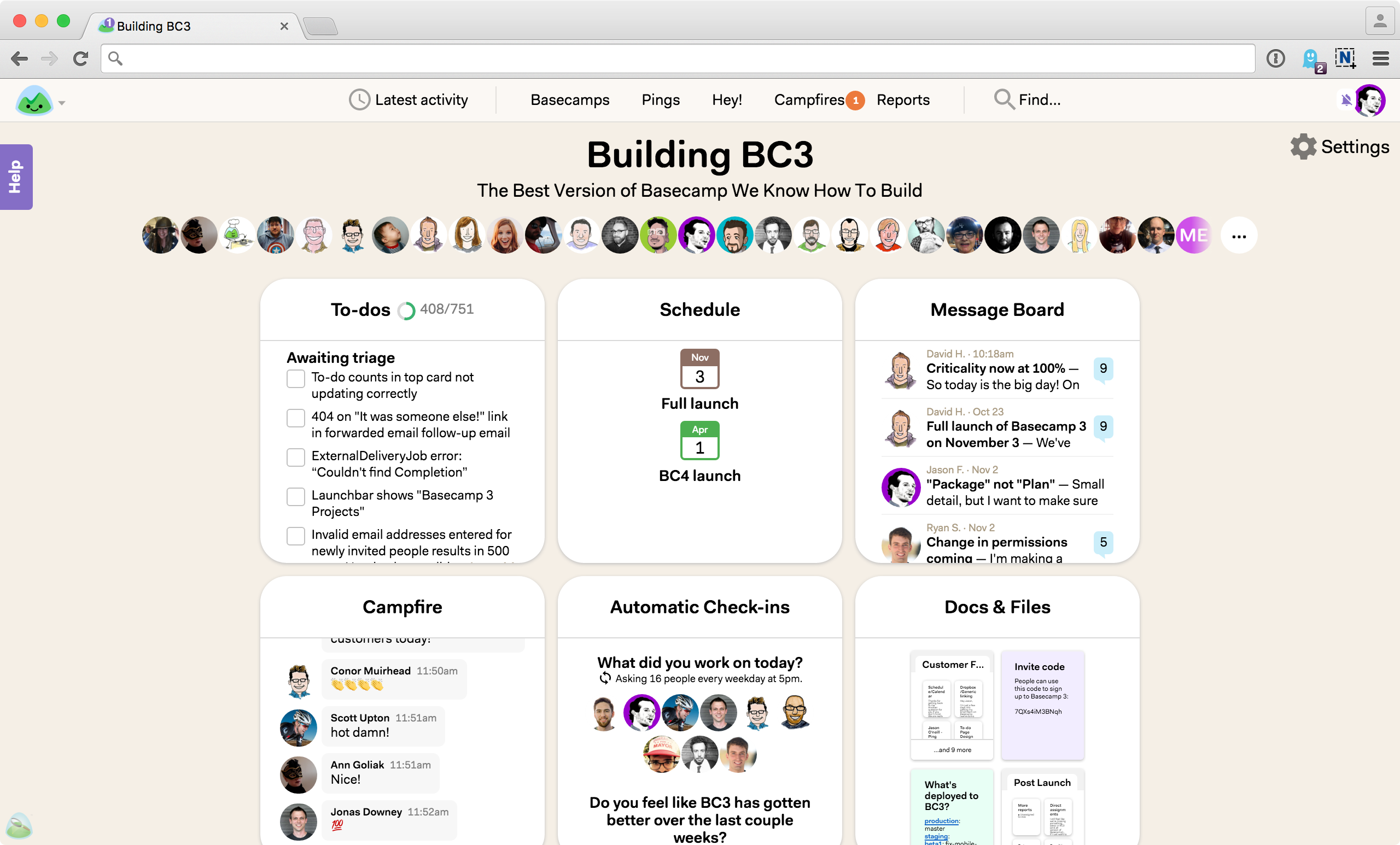
Radically more powerful than any Basecamp before it, it still maintains – and expands on – the straightforwardness and ease-of-use that people around the world have come to know, trust, and love about Basecamp. Basecamp Just Works.
This combination of power, ease of use, and unique approach is why over 5,000 companies and organizations sign up for Basecamp every week. We’re dedicated to continuing to delight them and to try win over a million more with Basecamp 3.
Basecamp 3 is built around the premise that no matter what kind of work you’re doing, there are a few things every team needs: A way to divvy up work, hash things out quickly via chat, make big announcements, keep discussions on-topic, store and organize key files and assets, lay out milestones and deadlines, and have regular check-ins to make sure everything’s all right. These are the simple truths of working together well.
And rather than have to duct tape together a DIY-suite of separate products by separate vendors with different interfaces, separate user accounts, different billing schedules (and prices), and decentralized storage of information (some stuff in this one, some stuff in that one, end up with stuff all over the place, etc), we’ve built everything you need into a single, coherent bundle. That’s what Basecamp has always delivered. And now it’s delivering more of it, better than ever before. There’s nothing else out there like it!
Over the next few weeks we’ll be sharing a lot more about Basecamp 3, but I wanted to start by focusing on a few big new things in Basecamp 3:
The Clientside
A large portion of our customers are client services firms. Designers, agencies, dev shops, lawyers, accountants, you name it. People with clients. Client work is their bread and butter, and we wanted to make them the best damn sandwich they’ve ever had.
So with Basecamp 3 we introduce The Clientside – an entirely new, fresh take on working with clients. It’s built right into Basecamp 3, and it’s available on the Basecamp With Clients and Basecamp Big package.
Basecamp 3’s exclusive “Clientside” feature keeps client feedback on the record and completely separate from the rest of your project. This means your client never sees anything they shouldn’t, and your team doesn’t have to tip toe around worried about saying the wrong things. It eliminates all the anxiety and fear that are often tied to the client-firm relationship.
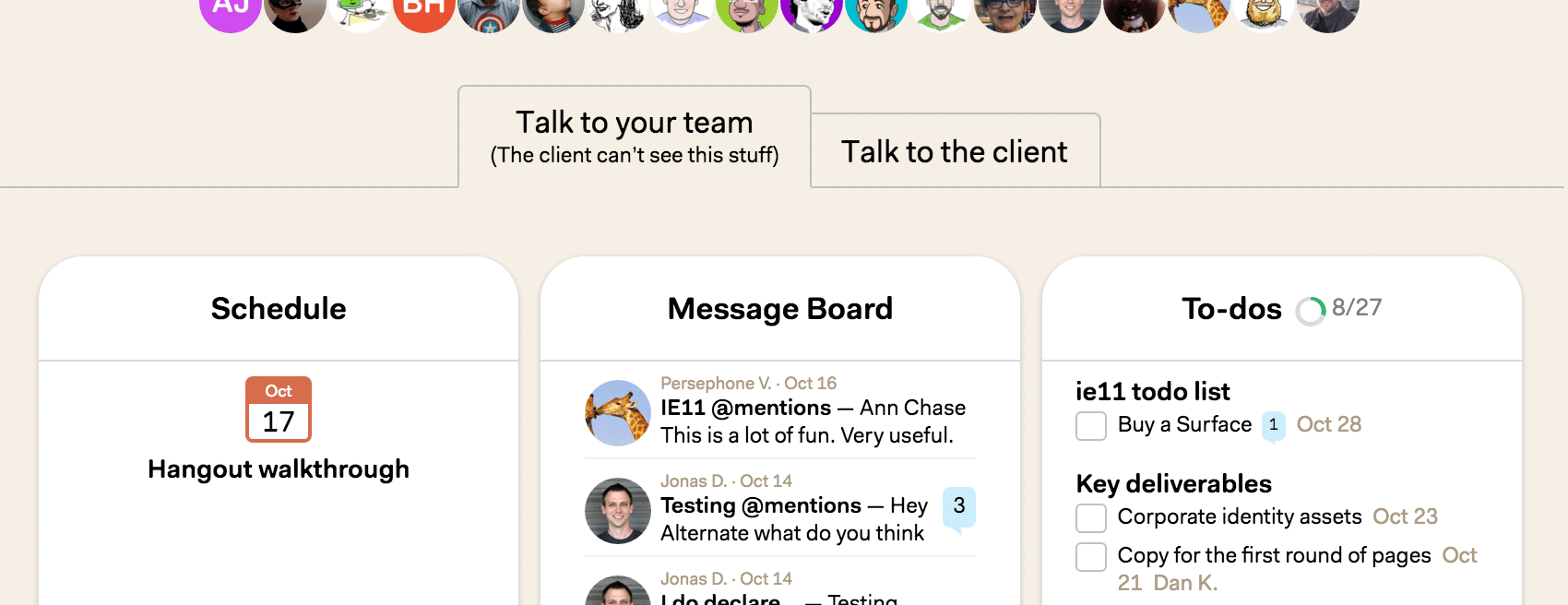
Further, the Clientside puts zero demands on your clients. They never have to create an account, they never have to log in, they never have to learn a system or install any apps. Everything they do happens via email so there’s no burden on them whatsoever. They don’t have to change a thing, and it’s so much easier for you since you never have to feel like you have to tell them they’re doing it wrong. They can never do it wrong in Basecamp 3. No awkward conversations about tools! Your clients will love you!
The Clientside is a revelation. We think you’re going to love it. Learn more about it…
Work Can Wait
If you’ve used a modern chat, collaboration, or messaging app, you’ve probably noticed that there’s a growing expectation of being available all the time. Someone at work hits you up on a Saturday, you get the notification, and what are you supposed to do? You could ignore them, but what’s the expectation? The expectation is “if you’re reachable, you should reply.” And if you don’t reply, you’ll likely notice another message from the same tool or a tool switch to try to reach you another way. And then the pressure really mounts to reply. On a Saturday. Or at 9pm on a Wednesday. Or some other time when it’s life time, not work time.
We don’t believe tools are at fault for this — tools just do what toolmakers build them to do. But we do believe toolmakers can build tools that help you draw a line between work and life. We’ve baked these good manners into Basecamp 3 with a feature we’re calling Work Can Wait.
Work Can Wait lets you set your own notifications schedule. Each person in Basecamp 3 can set up their own work schedule with their own hours. You can of course choose to to receive notifications all the time, 24/7/365, no matter what. Or, you can say Work Can Wait — only send me notifications during my work hours. Then you can set the start time and end time and also mark off which days you work.
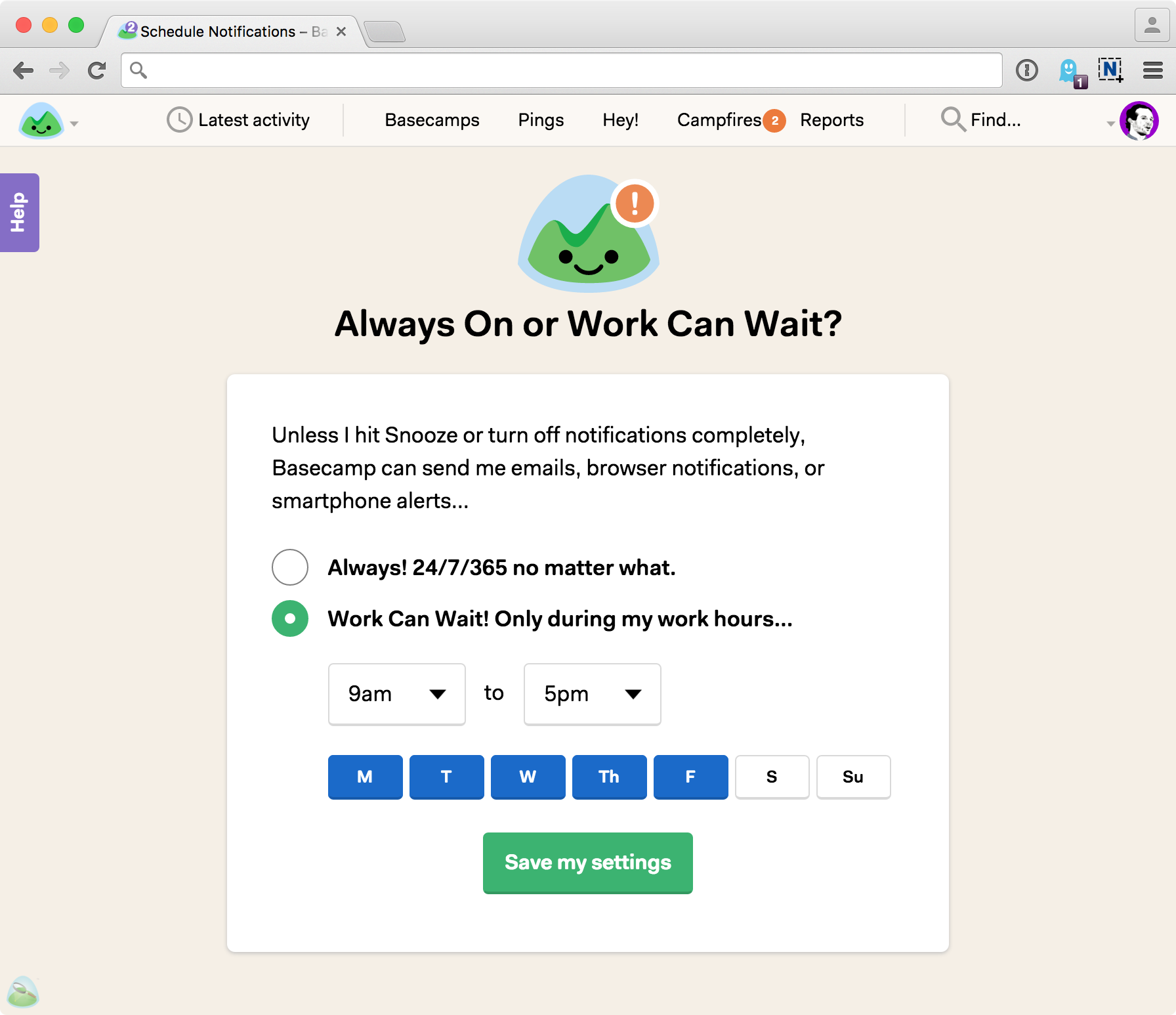
Outside of this range, Basecamp will basically “hold your calls”. Notifications will automatically be silenced until it’s work time again. Once the clock strikes 8am, notifications will start back up again. Of course at any time you can go into the web app or native apps and check your notifications yourself, but that’s you making that decision rather than software throwing stuff at you when I’m going for a walk with my son on a Saturday morning.
We think Basecamp 3’s “Work Can Wait” feature can help move the industry towards saner work practices, and we’re proud to lead the charge. Learn more about Work Can Wait here….
Basecamps, not Projects
The more customers we talk to, the most interesting and unusual uses for Basecamp we find. People are using Basecamp for all sorts of things that aren’t traditional “projects”. Us too – we use Basecamp in sorts of ways that no one would define as “projects”. Yet, we’ve always called things “projects” in Basecamp. It’s just too limiting. Time to change that.
For now on, you don’t make projects in Basecamp. You just make Basecamps. This closely follows the language our customers have been using anyway. “Go make a Basecamp for that”… “Let’s make a Basecamp for that!”… “Kick it off by setting up a Basecamp for the client”, etc. Rather than try to swim upstream against our customer’s vocabulary, we’re going to adopt their language and go with the flow. So “projects” are now simply “Basecamps”.
And now when you make a Basecamp for your company intranet it won’t feel so weird. Or a Basecamp for your customer support group. Or a Basecamp for that event that’s coming up. These things aren’t just “projects” – they’re teams, and groups, and departments, and moments. So calling them Basecamps opens up a whole new set of opportunities for everyone to use Basecamp in new ways. We can’t wait to see where people take it.
Communicating in high and low gears
We’ve been running group chat in our business longer than nearly anyone. Back in 2006 we invented the modern business chat tool when we introduced Campfire. For nearly 10 years we’ve experienced all the pros and cons of different kinds of communication methods. So with Basecamp we wanted to introduce a balanced attack. Not just chat. Not just direct messaging. Not just message boards. Not just threads. But all of the above in just the right way in just the right places.
Chat is fantastic for hashing certain things out quickly, but it’s also terrible for long-term organization. And organization is a very important thing when you’re trying to make progress on something with other people. With chat, stuff speeds by on a conveyor belt, conversations are crossed, and it’s just so easy to lose context. People feel like they need to pile in and pile on just so they’ll be heard before that part of the conversation scrolls away forever. Speak NOW or forever hold your peace isn’t a great way to think things through and give ideas due time to develop. Chat also causes anxiety of fear of missing out – they’re often like being in an all-day non-stop meeting.
And traditional message boards are great for long-term organization and keeping discussions threaded, focused, and on-topic, but they are typically too slow for discussions and decisions that require back and forth real-time speed. They can feel frustrating if you want to move quickly or just “toss something in the ring” to see what people think.
So in Basecamp you get both. Chat (we call them Campfires), and traditional threaded discussions (on the Message Board). The best of both worlds in a single tool. We don’t lean in one way or another – they are both equal since both are equally powerful, depending on the situation. You also get “pings” in Basecamp – our version of direct messaging – so you can reach out to people in a separate, personal backchannel.
So two gears… Use Campfires when you want to shift into high-gear and go really fast. But use the Message Board when you want to shift into low gear, get some traction, put together a complete thought, and give people a chance to respond. Use Campfires when you don’t really care about the past, use the Message Board when you know you may want to refer back to something later.
Further, in Basecamp you can have an organized, threaded, on-topic discussion attached to anything. This is one of the real secrets to why so many people love Basecamp. Attach conversations directly to to-dos, files, calendar events. Keep the conversation in context, right next to the thing you’re discussing. It’s so much simpler, tidier, more organized this way. Because discussions aren’t just for who’s part of them now, but also for whoever comes into the company later. Preserve your knowledge in a way you can point back to it later – don’t let it just float away.
Simplified packages and unlimited for everyone!
Basecamp has always been “project-gated”. This means you’d have to pay more the more projects you wanted to manage. We’ve torn down the gate in Basecamp 3! Every package includes unlimited Basecamps, plus everyone gets one Basecamp for free forever. Use that one Basecamp however you’d like. When you want to make another, you can select an unlimited use package.
We’ve simplified down to just three straightforward packages. Basecamp For Us for those who aren’t doing client work. Basecamp with Clients for those who do work for clients (this includes the awesome Clientside feature). And Basecamp Big for enterprise customers.
Prices start at just $29/month. That’s total – we never charge you per user. Basecamp pricing is flat and predictable, never variable depending on how many users you invite. People don’t cost a thing in Basecamp. Find out more about our pricing here…
So that’s enough for now!
There’s so much to check out! Please go and sign up for Basecamp 3 and give it a whirl. It’s free to try it out. No time limit.
Thanks to everyone who’s helped us build, test, and beta Basecamp 3! It’s gotten so much better because of you. Check out all the new stuff!
Check out Basecamp 3 today!. And be sure to get the outstanding, all-new iOS app and Android app as well! They’re fantastic ways to Basecamp!

